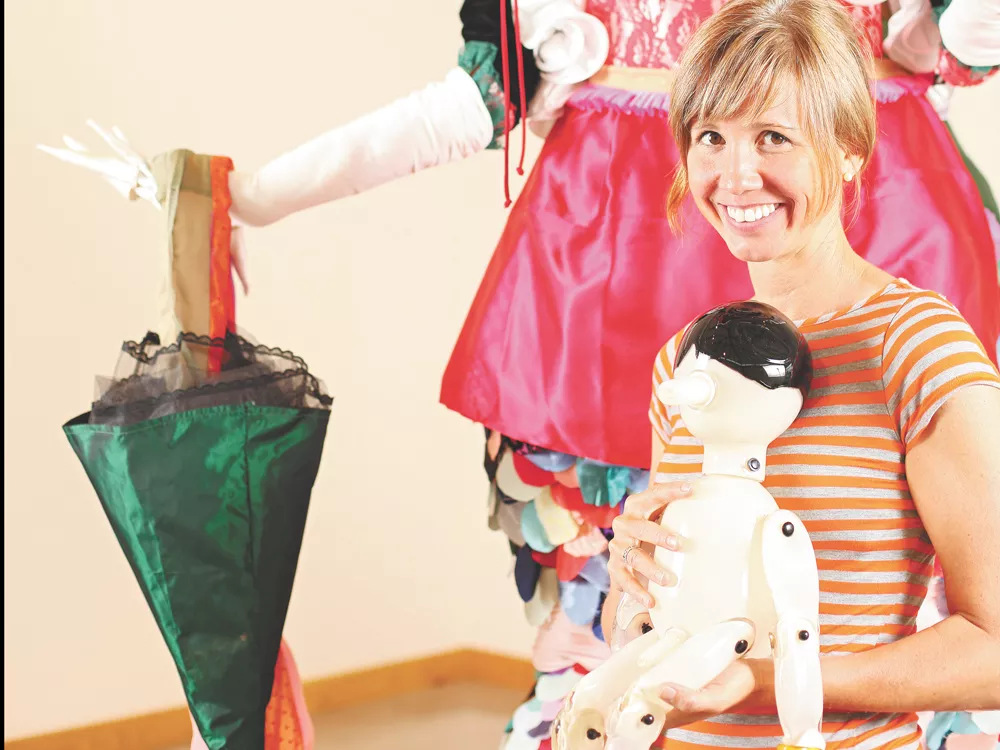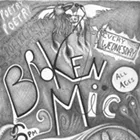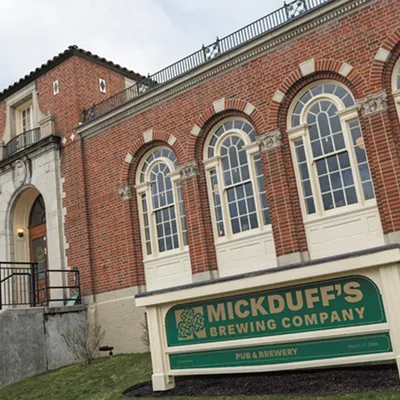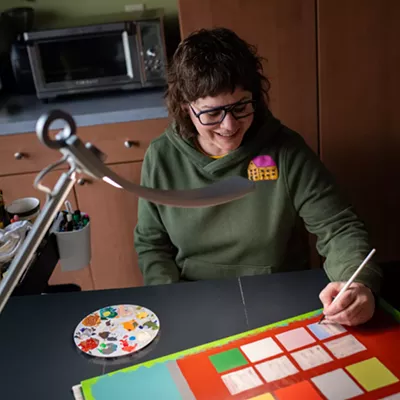When Whitworth University President Beck Taylor talks about the three “Cs” in his speeches — courage, competence and compassion — Katie Creyts mentally adds another word beginning with C: creativity.
“We’re a liberal arts college,” says Creyts, assistant professor of 3-D arts.
Creyts takes that to heart in her artwork — she has a background in hot-glass sculpture and glassblowing — and her teaching; especially in an innovative course called Community Arts in Practice (add another C word: community).
Creyts requested to teach the 300-level visual arts course amidst curriculum realignment — otherwise it may have been cut. According to the catalogue, the class focuses on “practical knowledge needed to execute a public art project.” A similar course is offered in community-based theater.
The course, says Creyts, fits with Whitworth’s emphasis on service learning: “an education of mind and heart,” as the university’s mission statement goes.
Projects help students strengthen and build community by attending art exhibitions and interacting with community-based organizations to make or talk about art. On a blog started by the fall 2011 class called Spokanvas, students wrote about attending an art exhibit at the Northwest Museum of Arts and Culture and at Saranac Art Projects (a co-op gallery where Creyts is also a member). Others wrote about their shared projects with community organizations.
“Our experience with Girl Scouts was not what we were expecting,” states one entry noting that fewer participants showed up than were planned for, “but ended up being one that was special and more personal than we would have thought.” Another group, working with Center Pointe’s developmentally and physically challenged adult population, recovered from their “minor panic attack” of having more participants than expected.
“The one thing the students really don’t like is ambiguity and this course can have some gray areas,” says Creyts, whose background includes teaching art to students ages 6 to 70.
Based on last year’s experiences, Creyts added a blurb to this year’s course outline: “Flexibility and patience come with the territory, as do communication skills. I have found that this is the place where transformation and growth occur, so try taking it in stride.
“The course takes a new shape every year, depending on which agencies need help and where the students’ interests lie,” says Creyts, who has been at Whitworth since 2008 and received the university’s Innovative Teaching Award in 2011.
The first project last year, for example, was to make tables for Big Table, a group that assists members of the food service industry in need. The Community Arts in Practice class’ final project — which now graces the floor of Whitworth’s Lied Art Center — was a vibrantly colored rug crocheted in sections by each student using recycled T-shirts and assembled during a class debrief of the semester’s learning.
For this year’s class, students are already busy preparing for the first-ever Festival of Arts in West Central (Fri, Sept. 21, 6-9 pm), organized by Salem Lutheran. Two teams — the class numbers around a dozen students — will prepare and present an arts/creativity table at the festival, then report their experiences back to the class. Students will also get involved in the 5th annual Terrain exhibition, Spokane’s grassroots evening of juried visual art and multimedia, and participate in One Million Bones, a worldwide collaborative art installation highlighting the humanitarian crises in Burma, Sudan, Somalia and the Democratic Republic of Congo. The goal is to have at least 1 million bones — made and donated by K-12 and post-secondary students for installation at the National Mall in Washington D.C. by spring 2013.
Although Creyts is looking for a local gallery to showcase her students’ contribution to One Million Bones, the community connection goes well beyond Spokane.
“It is my hope that the students will feel comfortable and confident designing projects and sharing them with a group,” says Creyts. “They come in a little shy, but in the end they are over that, and usually thinking about how they can do this sort of work with agencies back home or abroad.”




















